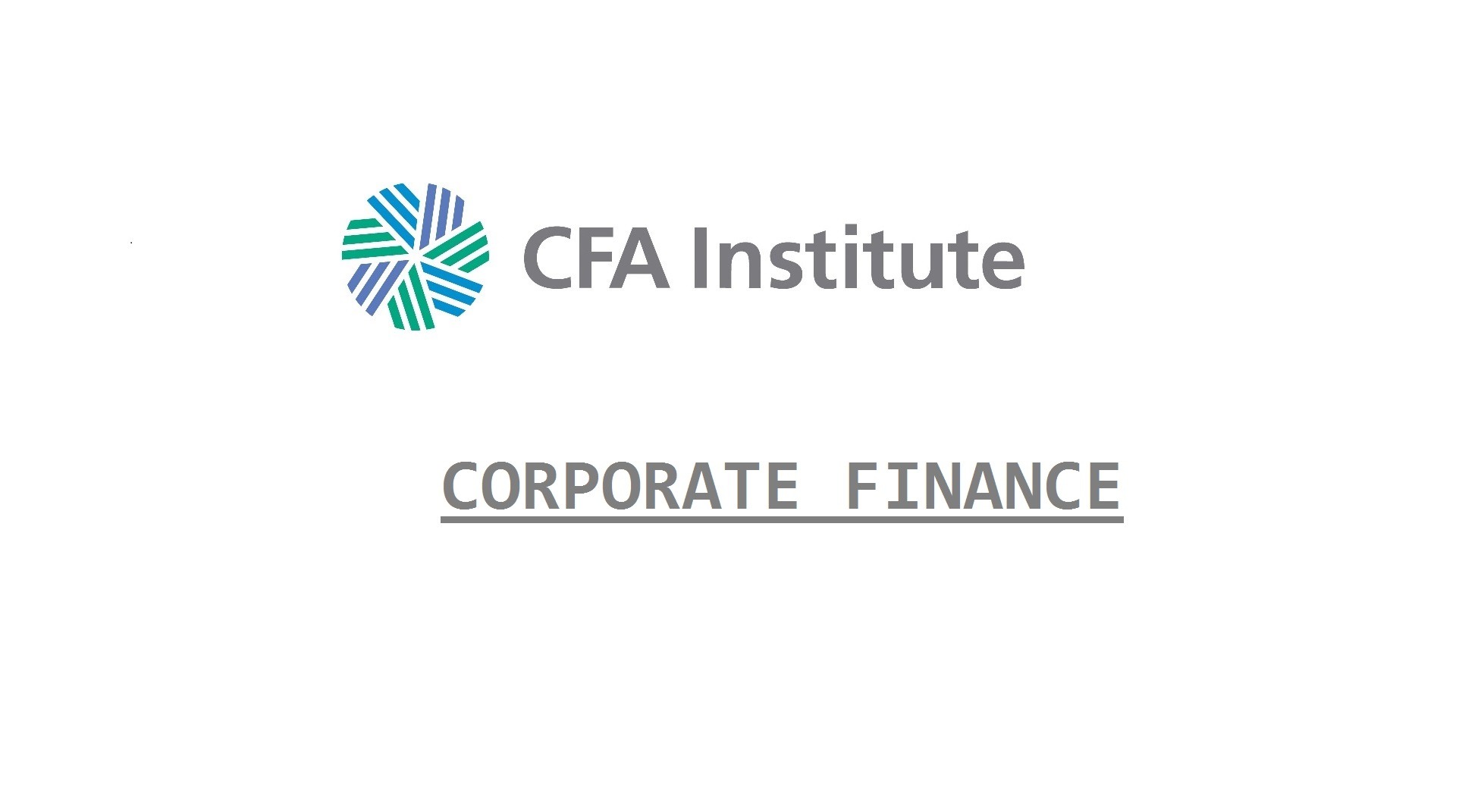For mergers to occur in a rational sense, the value of the combined firm should be worth more than the sum of the two separate firms.
Post-merger value of an acquirer:
VAT = VA + VT + S − C
where:
VAT= post-merger value of the combined company (acquirer + target)
VA = pre-merger value of acquirer
VT = pre-merger value of target
S = synergies created by the merger
C = cash paid to target shareholders
Acquirers will usually pay a takeover premium to the target shareholders in order to obtain approval.
Gains Accrued to the Target
GainT = TP = PT − VT
where:
GainT = gains accrued to target shareholders
TP = takeover premium
PT = price paid for target
VT = pre-merger value of target
Acquirers pay the premium because they expect the synergies they gain to exceed the premium.
Gains Accrued to the Acquirer
GainA = S − TP = S − (PT − VT)
where:
GainA = gains accrued to the acquirer’s shareholders
Acquirers can offer target shareholders cash, stock or cash and stock in a takeover offer. Cash offers are simpler to account for as the gains to shareholders will be fixed, but stock offers enable target shareholders to profit from the value of the merged company.
PT = (N × PAT)
where:
N = number of new shares the target receives
PAT = price per share of combined firm after the merger announcement
A cash offer puts risk on the acquirer, with a capped gain for target shareholders. However acquirers can earn an uncapped premium if synergies are greater than anticipated.
In stock offers, some of that risks shifts to the target firm, though stock offers can be more costly to the acquiring firm due to stock dilution. The choice often comes down to the certainty that synergies will be realize. If there is high confidence in the value of synergies, both companies may prefer a cash offer.
